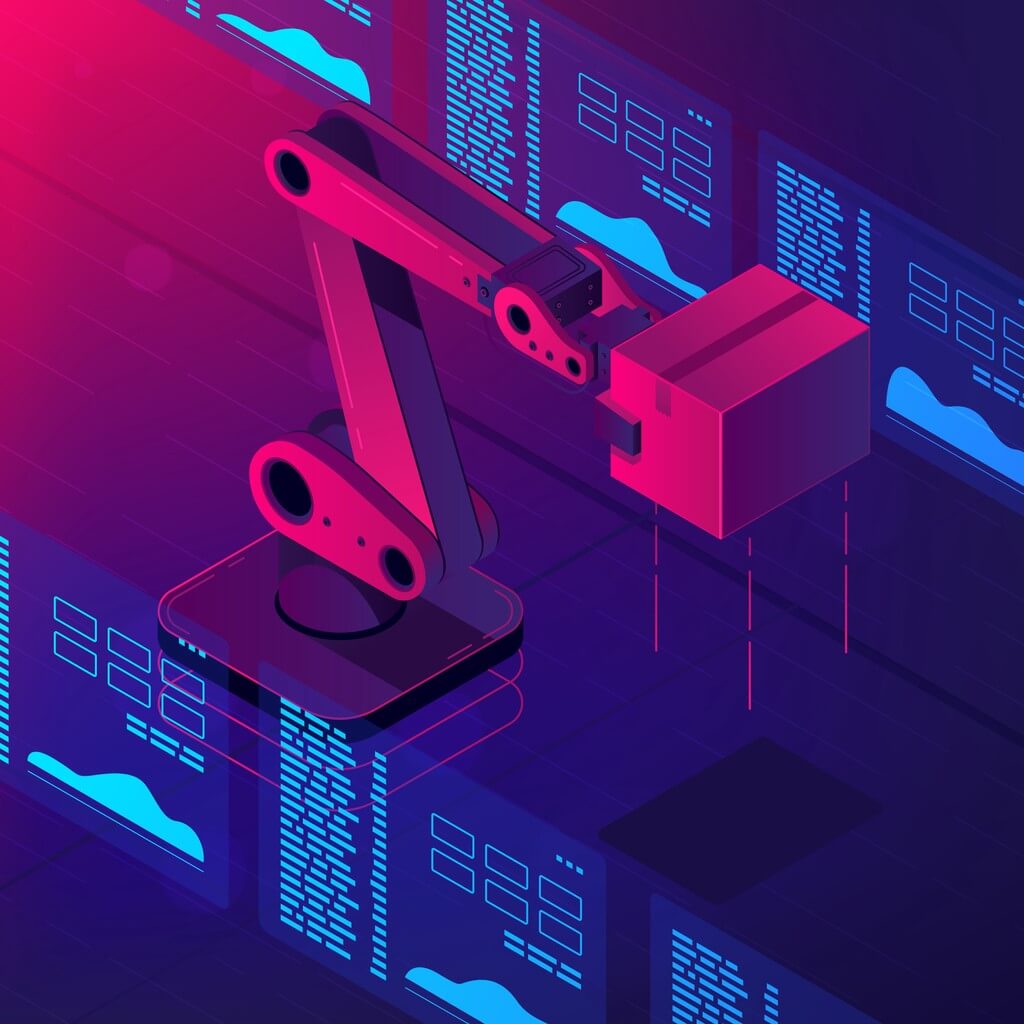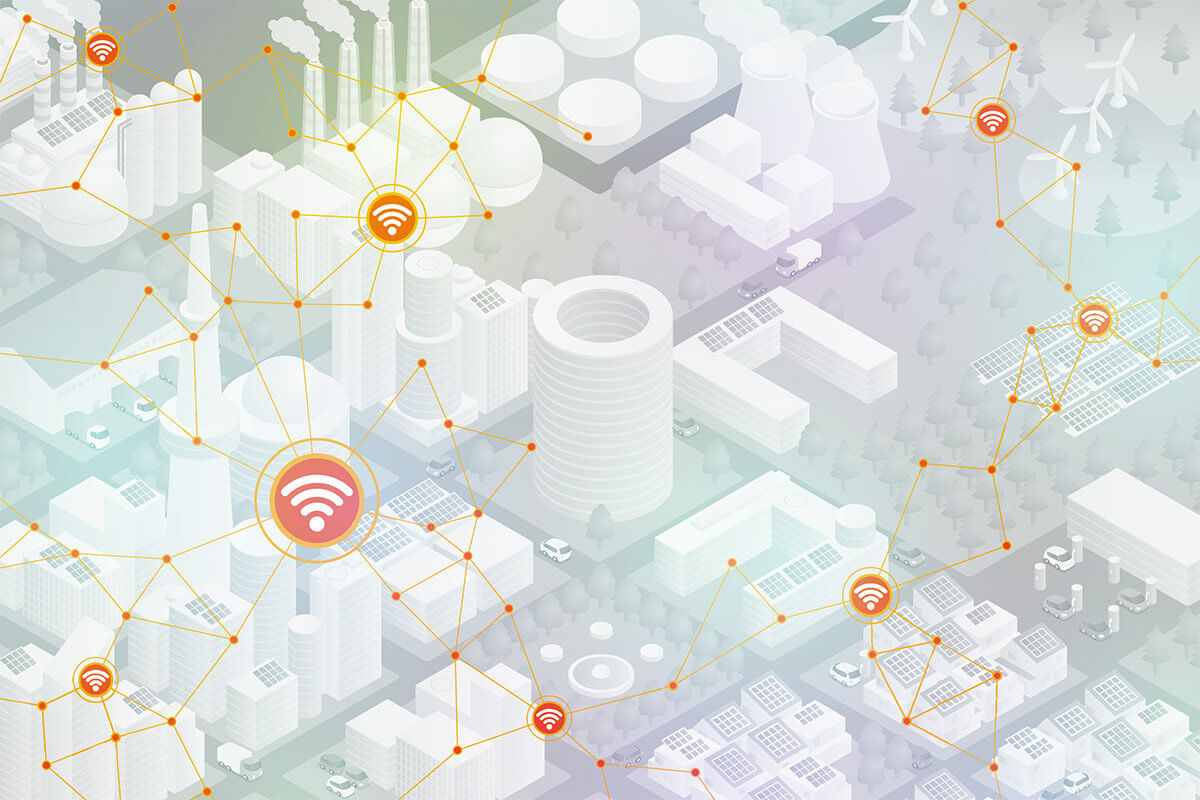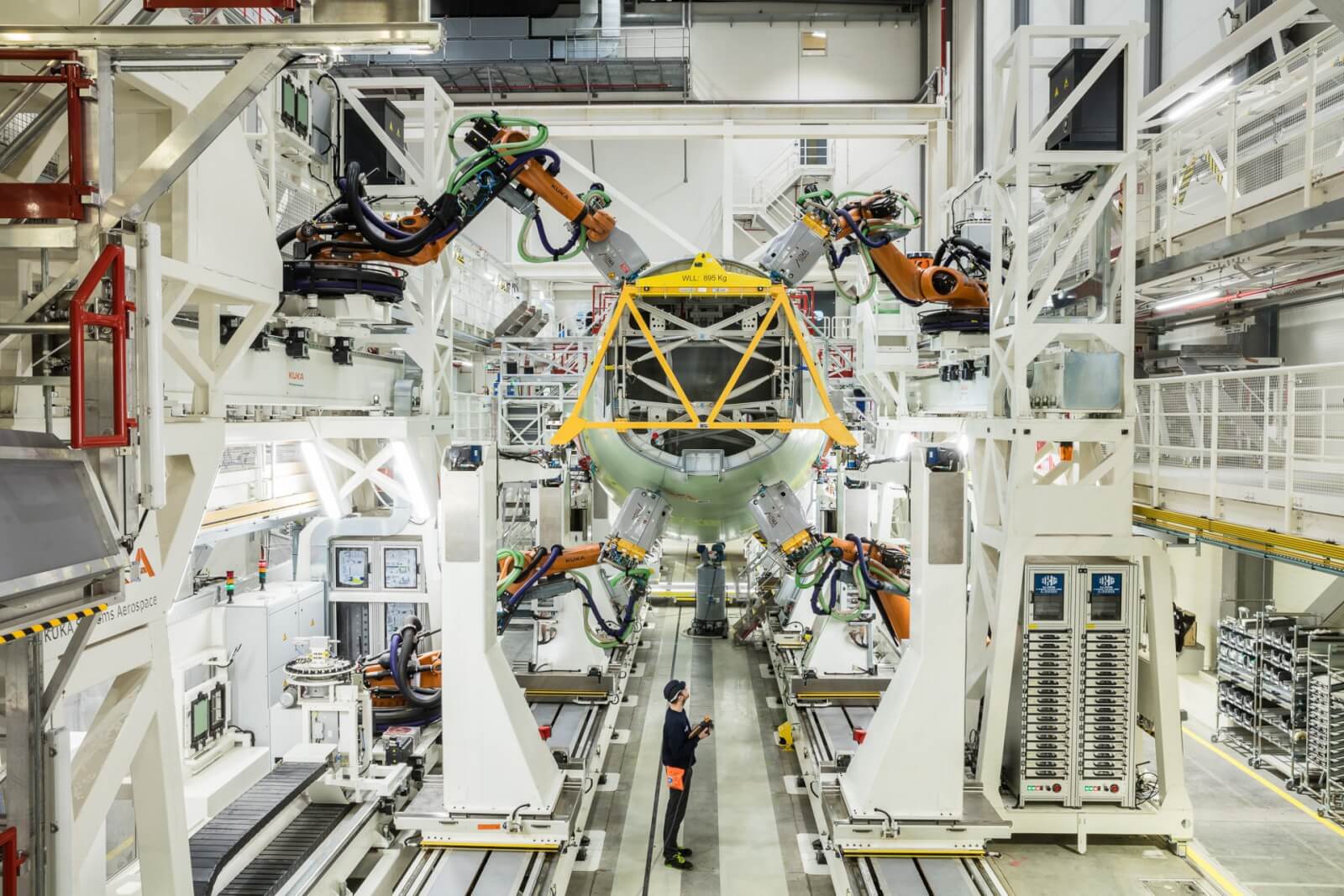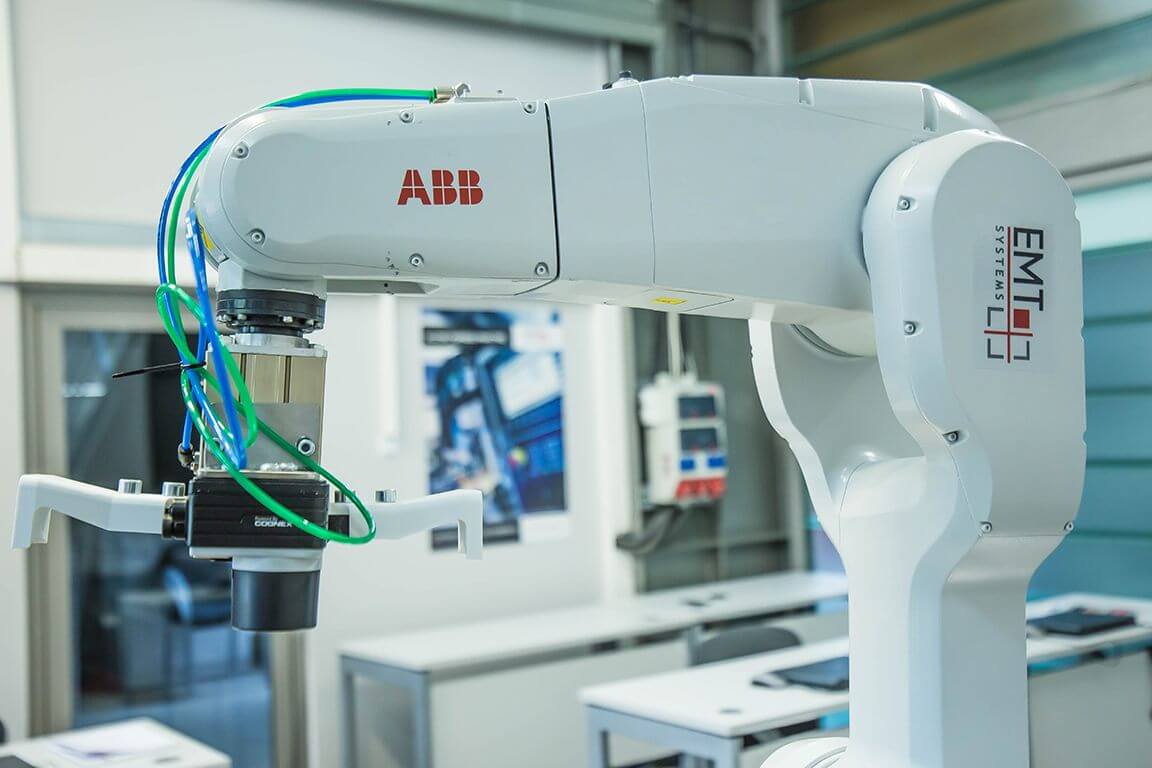Internet of Things (IoT) applications are so encompassing that they work in the background where we can’t see them, using devices that many of us already own, like smartwatches and smart home appliances.
But industrial IoT (IIoT) is a different breed of technology that will truly be all-encompassing: It will track materials from the source to the customer’s doorstep, monitor machine wear and tear, and ensure city grids have 24/7 uptime for their residents. And that’s just the tip of the iceberg.
Welcome back to our “What’s Industrial IoT” series! In our first post, we covered what IIoT is, how it works, and its benefits. In case you missed it, you can check it out here. In this entry, we’ll discuss how IoT differs from IIoT, which areas will see IIoT proliferate and flourish, which companies will drive the most innovation in IIoT in the coming years, and what the future holds for IIoT technology overall.
IoT versus IIoT
So far, IIoT sounds like a beefed-up version of IoT. But even with the smart machines, smart devices, and edge computing, IIoT and IoT differ on a fundamental level: their purpose.
IoT applications bridge connections between devices across several verticals, like agriculture, healthcare, enterprise, cities, and more. IoT devices encompass fitness trackers, smart home appliances, cars, and other consumer-focused devices.
In IIoT, connections are developed between machines and devices in large industries like oil and gas, manufacturing, and utilities. When an IIoT system fails or faces downtime, it has real life-or-death consequences, like loss of power to hospitals and transit systems. IIoT applications are geared towards improving health and safety, while IoT applications are focused more on the customer and user.
Innovative IIoT Applications
IIoT applications are globally developed and sold to other worldwide industries, creating an international ecosystem of stable, valuable IIoT applications. Let’s take a look at some of the many innovations occurring in this fast-paced sector.
Airbus, a commercial jetliner designer and manufacturer, has launched “the factory of the future”. Their factory streamlines operations, improves production rates, and integrates seamlessly with employees’ wearable tech. Smart glasses are integrated with machines’ and tools’ sensors on the shop floor, and Airbus has seen a decrease in errors and an improvement in workplace safety as a result.
Japanese robotics manufacturer Fanuc is adding sensors to its robotics; the company is also integrating their robotics with cloud-based data analytics software to predict component failure in its robots before it happens. The plant manager simply needs to schedule maintenance at a time that’s convenient for him or her, which reduces costs, improves employee scheduling, and prevents downtime.
Boston-based Embue is a real estate organization that’s using IIoT to build smart buildings. Building owners and managers can get an idea of the building’s status at any time using data from on-site equipment and indoor sensors. The buildings’ residents also benefit from this IIoT application: they get an Embue thermostat, leak detector, sensor, shut-off valve controller, smart controller, smart core, and a smart wall outlet.
Austrian company Magna Steyr, an automotive manufacturer, is using IIoT to track assets like vehicle parts and tools. They’re also using asset tracking to order more inventory as needed — automatically. Additionally, the company is implementing “smart packaging” with Bluetooth integration in a test run to track components and parts in their warehouses.
Meanwhile, ABB, a robotics and power firm based in Switzerland, deployed IIoT with smart robotics, using connected sensors. These sensors monitor robots for maintenance needs, prompting stakeholders to perform repairs before parts were forecasted to break.
IIoT’s Major Players
IIoT has a host of companies that are driving research, innovation, and optimization in its earliest days. These players include well-known companies, and they encompass a global network. Besides the innovators we’ve discussed above, here are the other big names in IIoT you should be familiar with.
Cisco has a product called IoT System that connects devices, secures systems, and helps with data management. Similarly, MindSphere by Siemens is a cloud-based open-source operating system for IIoT applications.
GE Digital developed an IIoT application called Predix, which connects, optimizes, and scales IIoT systems.
Connected Performance Services by Honeywell introduces AI and machine learning into an IIoT system’s data analytics suite.
Fanuc created FIELD, which stands for FANUC Intelligent Edge Link & Drive. It seamlessly connects machines to the IIoT system, and it doesn’t matter if the machines are from different generations or different manufacturers. This product affords strong flexibility in any IIoT system, making it extremely valuable.
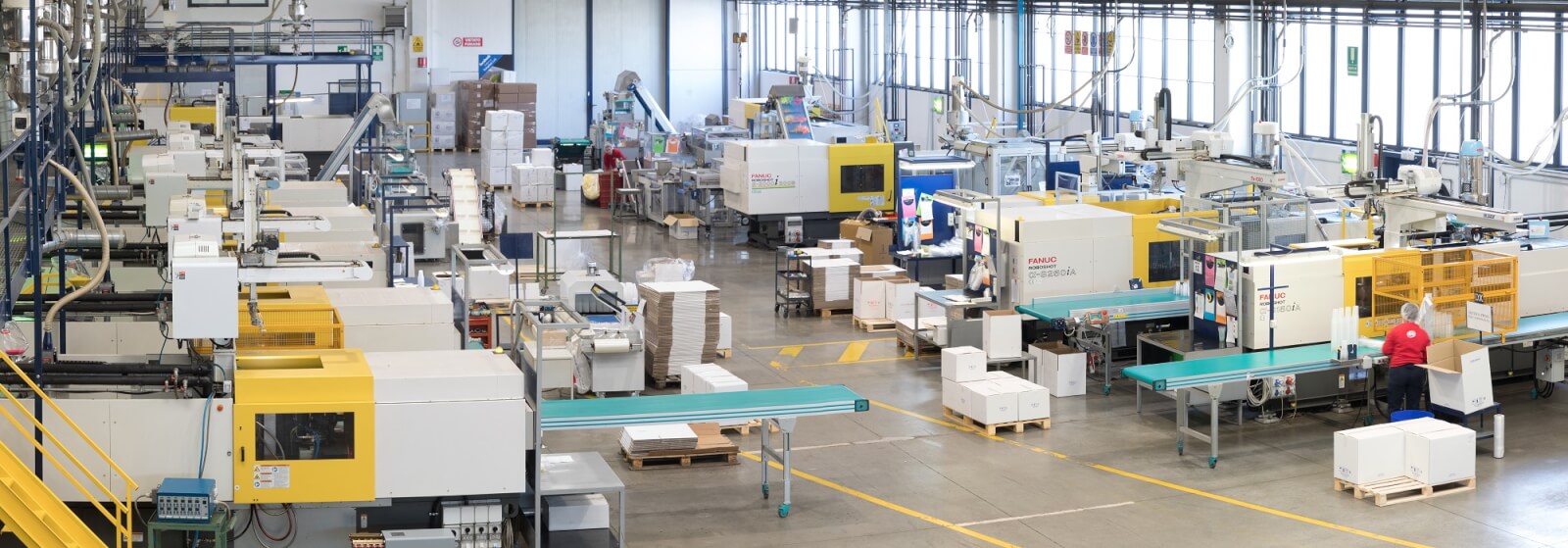
And last but certainly not least, Connyun is an IIoT product by German company Kuka that develops future-proof IIoT applications.
The future of IIoT
IIoT is expected to boom for the next few decades, and its growth rate will peak when 5G, AI, and edge computing are added to IIoT systems. According to consulting firm Accenture, IIoT added $14.2 trillion to the global economy in 2018, growing at a 7.3% compound annual growth rate through 2020.
Industry and manufacturing companies have been steadily investing more and more budget into improving and upgrading their IoT applications to become IIoT systems; a report by Boston-based IDC Research shows the top three industries that invested in IIoT in 2018 were manufacturing ($189 billion), transportation ($85 billion), and utilities ($73 billion). Consumer IoT spending reached $62 billion overall that year.
There’s no stopping IIoT now, and we wouldn’t even dream of it. With IIoT, the consumer’s quality of life is expected to improve; businesses will also see an inordinate amount of savings.
We hope you’ve enjoyed this series on Industrial IoT! What’s your favorite aspect of this burgeoning industry and technology? Where do you think it will go in the future? Let us know your thoughts in the comments below!
